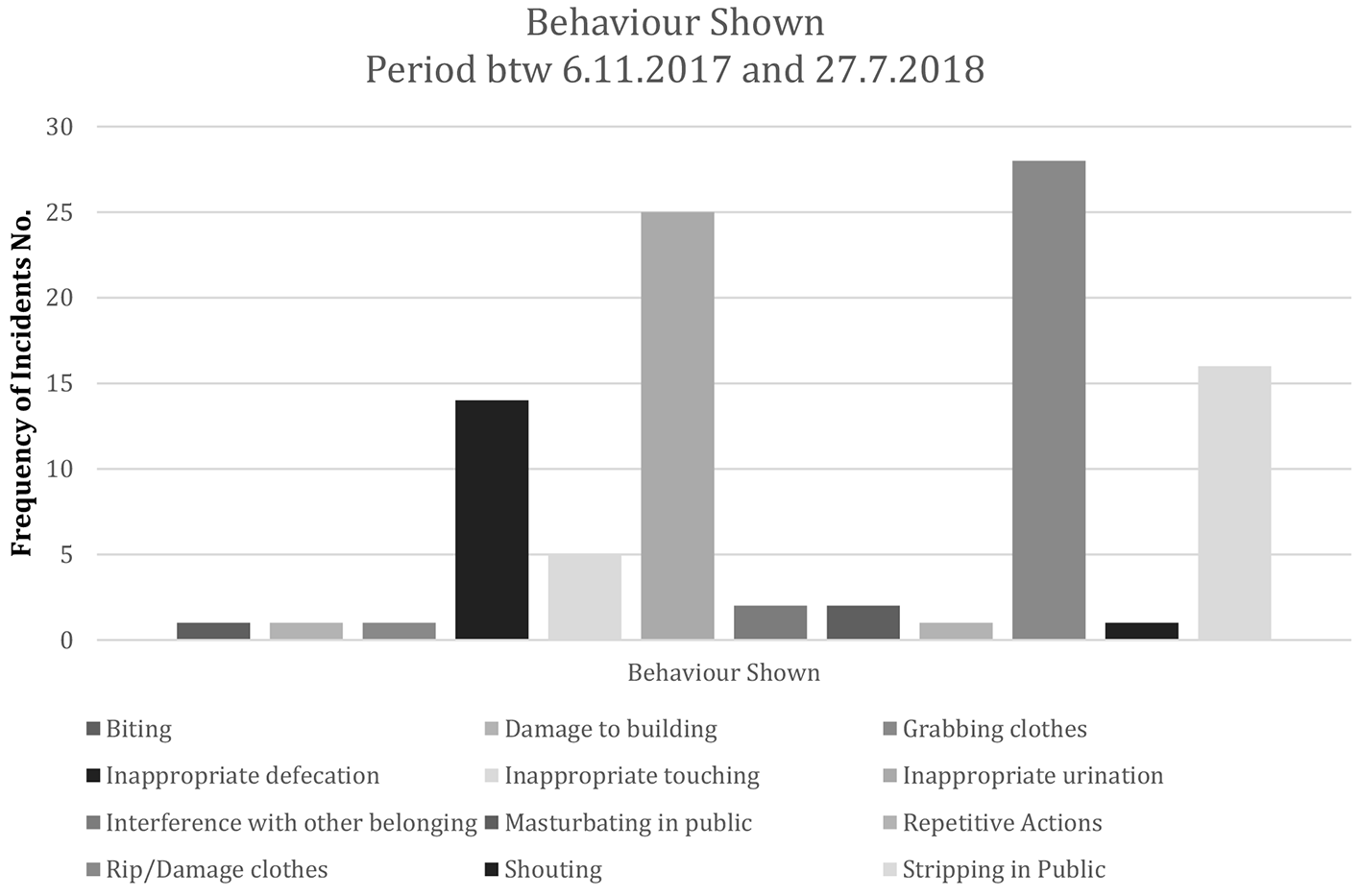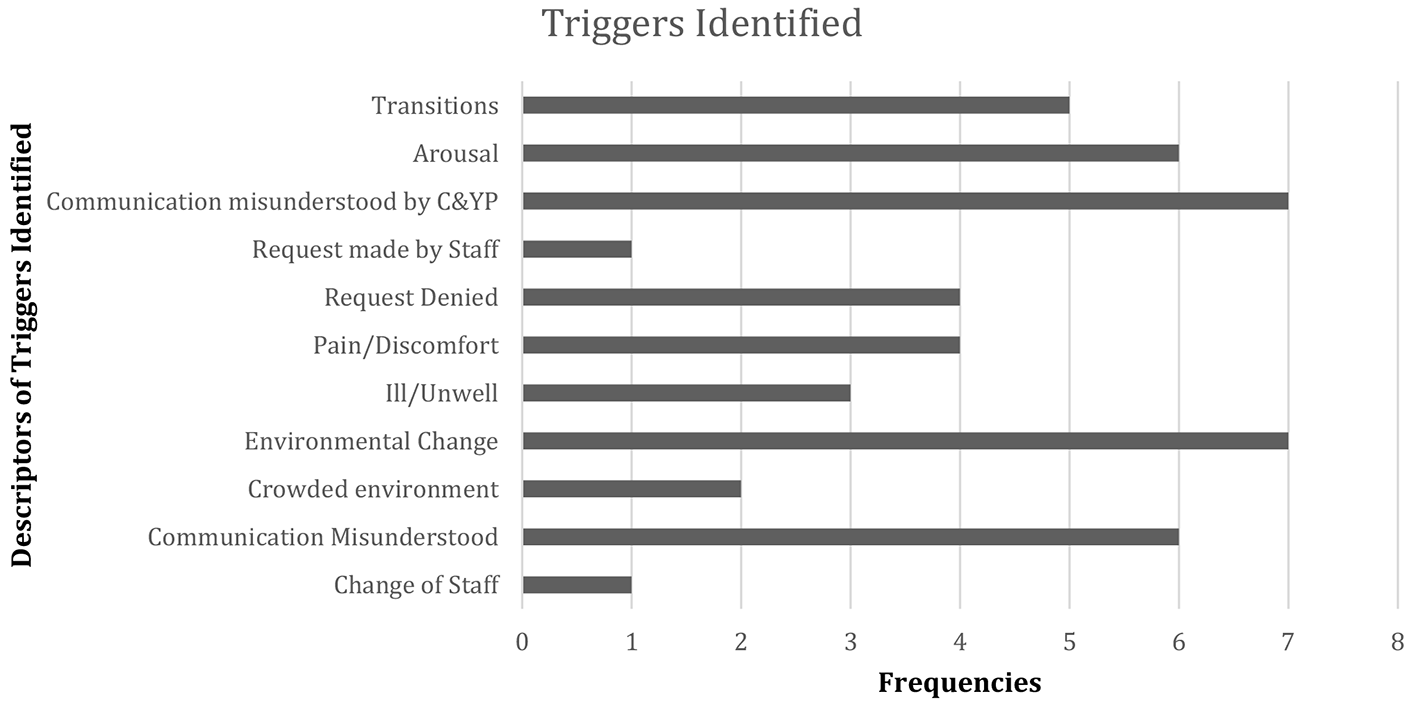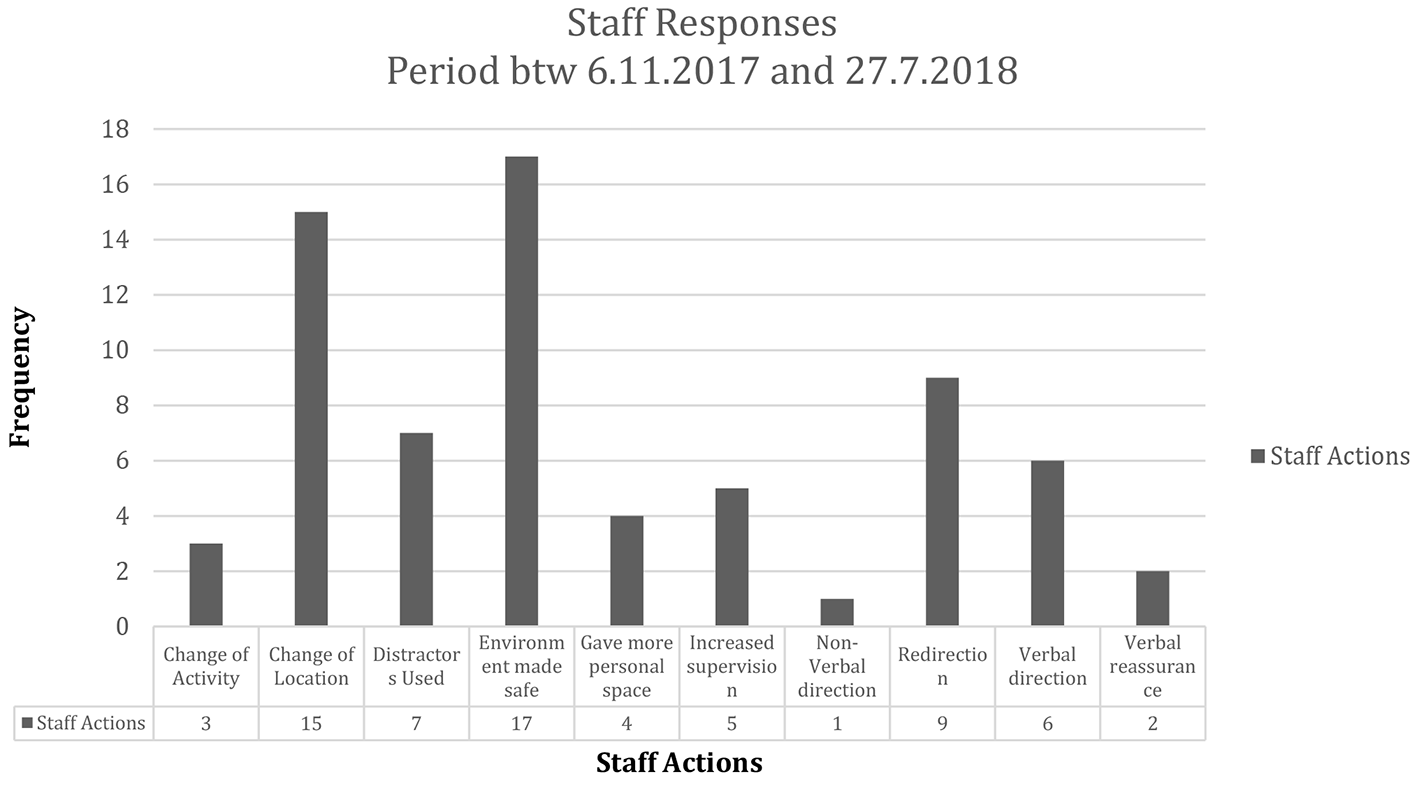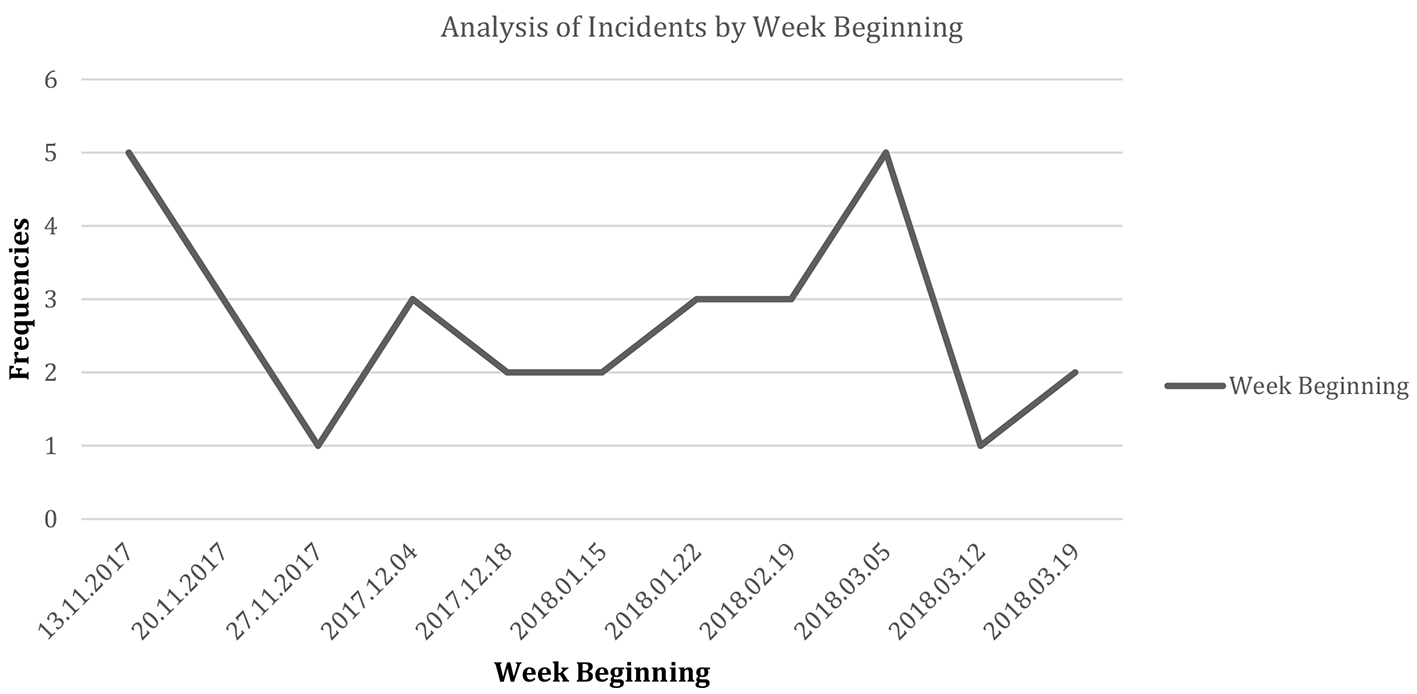Transdisciplinary teams (TDT) and approaches are well known and well documented in health care: these are meant to be providers of a number of disciplines which collaborate and share ideas from the beginning to create a comprehensive health care plan that covers all potential and necessary diagnoses and treatments for a particular individual. They are diverse professions, working collaboratively from the beginning from where a child and/or young person (C&YP) transitions into the care and educational provision, by communicating and exchanging ideas to develop joint solutions to common goals. They usually utilize the team’s expertise and knowledge to arrive at a common understanding of the child and young person‘s profile and its impact on their functioning, well-being, social, emotional development and learning. They are informed by a common understanding, they work as an integrated support system to improve the quality of a C&YP’s learning and care with the aim of achieving better and more efficient outcomes for them and their families, and using more importantly a best evidence-based approach.
Whereas a multidisciplinary (MDT) team is one in which members come together and use their individual expertise to in the first instance develop their own answers to a given issue or challenge, and then come together – bringing their individually developed ideas – to formulate a solution, a transdisciplinary team (TDT) is one in which professionals from different disciplines come together from the beginning to collaboratively communicate, exchange ideas and work jointly together to come up with solutions in addressing the identified and well informed issues/barriers to the child and young person’s progress.
By addressing most effectively and efficiently aspects of developmental and learning needs, by coordinating professional expertise from teachers, psychologists, speech and language therapists and occupational therapists and other therapists such as art and play therapists, they aim to ensure a smooth and successful transition and integration into adult life. Transdisciplinary-embedded approaches aim to provide greater and better understanding of the barriers to the child’s access to education and a better appreciation of strengths and interests of the child and young person and their families, so as to ensure both short and long term positive outcomes.
It is common knowledge that autistic children and young people experience high level of anxiety which significantly impact on their daily functioning and life (van Steensel, Bogels, & Perrin, 2011). Kerns et al. (2014) suggest that anxiety experienced by autistic children and young people is different from the anxiety experienced by non-autistic individuals and propose that four specific areas characterize it. These are: 1) difficulties with uncertainty and unpredictability, 2) sensory sensitivities, 3) difficulties with recognizing and regulating emotions of others and of self and 4) anxiety provoked by performance. Joyce et al. (2017) suggest that responses to their perceived anxiety can manifest itself by an increase of repetitive patterns of behaviours – which in turn can provide a level of predictability and security counterbalancing the experienced anxiety; they may become more insistent in certain actions and routines – which again can counterbalance a sense of uncertainty; they may become insistent on specific interests and hobbies which might be related to their sensory sensitivities (Bogdashina, 2014). The author proposes through over 15 years of working and professional experience in the field of autism, that fragmented assessments and chequered formulation of the issues informing future interventions are less effective both for short and long term outcomes.
This paper presents and discusses through a single-subject case study how a comprehensive transdisciplinary embedded approach through a well-being model – PERMA model (Seligman, 2011) has guided reflections, discussions, assessment and formulation of a comprehensive and individualized positive support plan implemented consistently over a period of 9 months for an autistic individual in a specialist autism specific educational setting. The PERMA model includes five areas: a) positive emotions, b) engagement, c) relationships, d) meaningful activities, e) accomplishments and has been previously adopted in the formulation and implementation of interventions with autistic individuals (Roncaglia, 2017). Success factors and lesson learnt are presented and discussed to hopefully inform future research and evidence-based practices.
Method [TOP]
A transdisciplinary approach was adopted for a single-subject case study. The individual was male, 13 yrs. and 8 months upon admission, and admitted to an independent specialist autism-specific day educational school. The individual had been previously educated in another special needs school, but the placement had broken down. A PERMA well-being model (Seligman, 2011; Seligman & Csikszentmihalyi, 2000; Seligman, Steen, Park, & Peterson, 2005) was utilized to assess and formulate barriers and inhibitors to the individual’s learning and development. As a group of professionals which included psychologists, speech and language therapists and occupational therapists, teachers and learning teaching assistants, the individual’s needs were discussed by adopting a positive framework under the following headings: a) Positive Emotions – how does the individual experience the educational and learning environment on a daily basis? Which emotions characterize this individual experience? Are these positive or negative experiences? b) Engagement – what is the level and quality of engagement, past and present? Which are the barriers and functions to this lack of engagement? c) Relationships – What is the individual experience of professionals/staff family members supporting the child? d) Meaning – Are the activities pleasurable, meaningful to the individual or are these set within the boundaries of a prescribed curriculum? e) Achievements/Accomplishments – What opportunities has the child been offered to celebrate his achievements - however small - on a daily basis? Are these rare opportunities?
Assessments of strengths and interests were conducted in order to provide opportunities for greater engagement. Historical information through an admission referral process based on direct observations of the individual in his familiar environment, interviews with familiar staff, past educational reports and further on-site observations were conducted to inform a comprehensive profile of needs.
Data was collated over a period of 9 months between November 2017 and July 2018. A computerized program called CareSys Systems Ltd. was utilized to analyze patterns and trends and in order to better understand functions and triggers of behavioral incidents. The understanding of his needs informed by regular evidence-based approaches provided an opportunity for more consistent and targeted interventions. Regular internal weekly meetings for the first two months and every 15 days afterwards took place in order to monitor and evaluate programs implemented. Further three meetings with external agencies were facilitated in order to secure a better understanding of the child‘s needs in the wider context and to eventually secure consistency of interpersonal approaches by all involved. In order to meet confidentiality and in accordance to the British Psychological Society‘s (BPS, 2009) Ethical guidelines all individuals’ names have been anonymized. Data was collected to measure progress in the following areas:
Results [TOP]
Formulation of the Issues [TOP]
The C&YP was admitted to his new educational provision following a significant period of no schooling for a period of 13 months, in November 2017. Exposure to other peers had been very limited and the transition to his new placement had to be carefully planned. Upon admission the C&YP was supported consistently by regular highly trained familiar staff and a very individualized program was introduced to gradually build on his tolerance and coping skills in being again exposed to a full time education. Whilst the first 8 weeks the child was supported in individualized spaces and with gradual exposure to other peers within the school. Analysis of behavioral incidents (Figure 1) demonstrated a very high incidence of socially inappropriate behavior and damage to property. Analysis of triggers and functions of these patterns (Figure 2) highlighted the need for individualized functional communication and sensory programs to be embedded in his access to learning. Expressive and receptive communication was tailored to the child so as to address some of the identified triggers. Visual timetables, step by step tasks and activities were also presented and consistently applied to reduce risks of confusion and frustration – which if unmanaged or not addressed in the right way can potentially increase to high levels of arousal and subsequently high incidents of behaviours of concern. Transitions, known as being usually a challenge for autistic individuals as a result of changes and unpredictability were also considered and carefully planned to minimize and reduce the risk of incidents.
Analysis of staff responses provided a better understanding on the planned actions which were positively received as opposed to the implementation of reactive and potentially restrictive practices. Consistency of responses and interpersonal styles were identified as being key. Consistent responses mean in this instance that actions from staff are the same according to agreed guidelines and regardless on staff using them whereas interpersonal styles include consistency in tone of voice, number of words used, calm and low arousal approaches. Distractions, environmental changes, changes of location, increased understanding of his communication levels where the learning was taking place was carefully adopted, evaluated and monitored. Flexibility in where the learning was offered was also key (see Figure 3). Learning was considered from a wider perspective rather than be limited to academic achievements. And this shared understanding of aims and objectives was a key element in the successful implementation of the program.
Eventually analysis of incidents by week beginning also demonstrates a slight reduction of behaviours of concern correlated with an increased access to his learning and engagement to activities (Figure 4 and 5Figure 5).
Qualitative Outcomes [TOP]
In order to present the progress made qualitative outcomes have been summarized in Table 1 below.
Table 1
Qualitative Outcomes – Progress Over Time
Quantitative Outcomes [TOP]
The Pre National Curriculum levels or P scales, are a set of descriptors for recording the progress and achievement of pupils with special educational needs (SEN) who are working towards the first level of the National Curriculum (Level 1) but have not reached that level as yet as a result of their learning difficulties (DfE, 2014, 2017). They are split into eight different levels with P1 being the lowest and P8 the highest with some further 5 sub-levels (a to e) which aim to capture and identify even small achievements and progress (DfE, 2014, 2017). These levels were used both to measure baseline performance levels and progress overtime. Following baseline assessments on where the C&YP was upon admission to his educational provision – autumn term 2017 – attainments according to the prescribed descriptors (DfE, 2017) these were again scored during the summer term of 2018 to demonstrate the overall progress made in the previous 9 months (see Table 2). The P level descriptions show the range of overall performance that pupils might demonstrate. For science, a single descriptor from P1-P8 should be given. P scale descriptors P4 to P8 aim to describe pupils’ performance in a way that it can more easily indicate emerging skills, knowledge and the pupil’s understanding for each subject (DfE, 2017). The numerical scores are derived from the official published DfE scores table (DfE, 2014, 2017). A flight path when progress is good or outstanding between Key Stage 3 and Key Stage 4 – benchmarked with other schools with same cohort was used. Early Years Foundation Stage is used for younger children up to Key Stage 2 which clearly was not applicable to this single case study.
Table 2
Progress over Time – Academic Scores
| Academic subject | Autumn Term Y9 | Summer Term Y9 | P Level Progress | Progress comment |
|---|---|---|---|---|
| Art | P3ie | P6d | 2.90 | Outstanding |
| Computing | P3ia | P3iia | 0.44 | Developing |
| Cookery | P3ic | P5b | 0.62 | Developing |
| DT | P3ic | P4e | 0.62 | Developing |
| Humanities | P3iie | P5c | 1.90 | Outstanding |
| English Av | P3ie | P4c | 1.10 | Developing |
| Listening | P3ie | P4b | 1.30 | Good |
| Reading | P3ie | P4e | 0.70 | Developing |
| Speaking | P3ie | P4a | 1.50 | Very Good |
| Writing | P3ie | P4b | 1.30 | Good |
| Maths | P3ie | P4c | 1.10 | Good |
| Number | P3ie | P4c | 1.10 | Good |
| Shape Space & Measures | P3ie | P4b | 1.30 | Good |
| Using & Applying | P3ie | P4c | 1.10 | Good |
| Music | P3ie | P3iid | 0.30 | Developing |
| Physical Education | P3ia | P4c | 0.94 | Developing |
| Religious Education | P3iic | P4a | 1.10 | Good |
| Science | P3iie | P5c | 1.90 | Outstanding |
Note. Progress up to the Value 1 = Developing, above 1-1.50 = Good, 1.50 to 1.89 = Very Good and 1.90 and above Outstanding.
Discussion and Conclusions [TOP]
This single-case study presented in this paper aimed to demonstrate the positive outcomes when a support package is jointly and collaboratively designed, implemented and evaluated through a transdisciplinary embedded approach and by adopting a positive model of well-being – PERMA model (Seligman, 2011). The focus right from the start shifted from exclusively looking at the problem – poor attendance in previous educational provision, out of school for a significant period of time, high level of incidents and challenging behaviours, restrictive access to learning opportunities, isolation, high levels of non-compliance and very restrictive socially inappropriate behaviors including ripping clothes and significantly limiting his education and access to community based activities - to exploring via a strength-based approach areas for further development.
Interests, strengths, sensory needs, functional receptive and expressive communication, learning and interpersonal styles were assessed in order to inform the individualized psycho-educational program implemented. Different disciplines enriched the understanding of the individual’s needs through sharing a common goal. This shared understanding was formulated by evidence-based practices.
Qualitative and quantitative outcomes were presented as a result of this embedded transdisciplinary approach. Progress was reported in the areas of: a) independence, confidence and attitude to learning, b) social skills and relationships, c) and positive behavior support and ability to make choices. These in turn provided the foundations to expand the range of community based activities, and the C&YP’s participation, engagement and enjoyment and ultimately well-being. These were also reflected in different academic subjects with outstanding progress in three areas namely art, humanities and science (see Table 2).
Impact on Wider Education Practice and Provision [TOP]
Some wider lessons learnt through reflections on the approach adopted were noted. Three main areas have been identified as follow:
-
Shared understanding of the issue – This was an important element of the implementation of the model where different views had to be explored, explained, understood and challenged in light of deeper knowledge of the individual and his needs; a person centered approach is here promoted and adopted, where the context in which issues constituted barriers to his learning are explored and together understood and an agreement on approaches adopted is reached through a positive ethos (PERMA). This process required a sensitive balance between the ability to respect each other’s professional expertise and yet formulate a shared common vision of the short and long term desirable outcomes.
-
Working in partnership with all involved – This was also significant and key to success, linked to the above point. Establishing and re-building/nurturing a positive working relationship with family was a long process – and still continuing – where expertise was positively shared through evidence-based practice rather than opinions. Regular focused meetings with external agencies/professionals provided an opportunity to work collaboratively - rather than in isolation - and more significantly holistically and consistently across different contexts.
-
Resilience building – As this was considered a significant challenge initially to school staff and resources, the success achieved can be used as evidencing the strength acquired through staff teams transdisciplinary approaches. Resilience is the ability to problem solve, move forward despite setbacks, learning to keep sight of the long-term goal and achievement through the enjoyment of the process as a journey. The ability to accept set-backs and use them positively in improving our own understanding and the understanding of others has been key for the successes achieved.
Single case-studies in the future could continue to provide and enrich evidence-based practice that informs what and how we implement strategies and interventions and provide evaluative tools for their effectiveness.
Working jointly together from the start, enriching our understanding of each individual’s needs through a strength-based approach, rather than a medicalized model and providing opportunities for a continuing learning environment seems the best way forward. Further evidence-based practices and practitioners’ single-case studies could continue to be a valuable contribution to the existing body of knowledge in autism practices and through cross-disciplines cases.

 Contents
Contents This is an open access article distributed under the terms of the Creative Commons
Attribution License (
This is an open access article distributed under the terms of the Creative Commons
Attribution License (





